
5 min read
The Fabric of Wellbeing: Choosing Upholstery that's Good for Health and the Planet
WLLW investigates the benefits of four upholstery options for our health and their environmental impact.

5 min read
WLLW’s comprehensive guide can help you select textiles that support health, comfort and the environment.
Textiles affect not only the aesthetics of our homes but also their health and sustainability. As we become more aware of product impact, choosing responsibly made fabrics becomes essential. Sustainable textiles are defined by ethical sourcing, careful production, and a reduced environmental footprint, steering clear of harsh chemicals and additives. Selecting these materials for items like blankets, throws, pillows, and kitchen linens helps improve air quality, reduce exposure to toxins, and enhance durability.
Brands such as Teixidors, Oyuna and Libeco work with natural fibers such as wool, organic cotton, linen and hemp, crafting textiles that prioritize quality and sustainability.
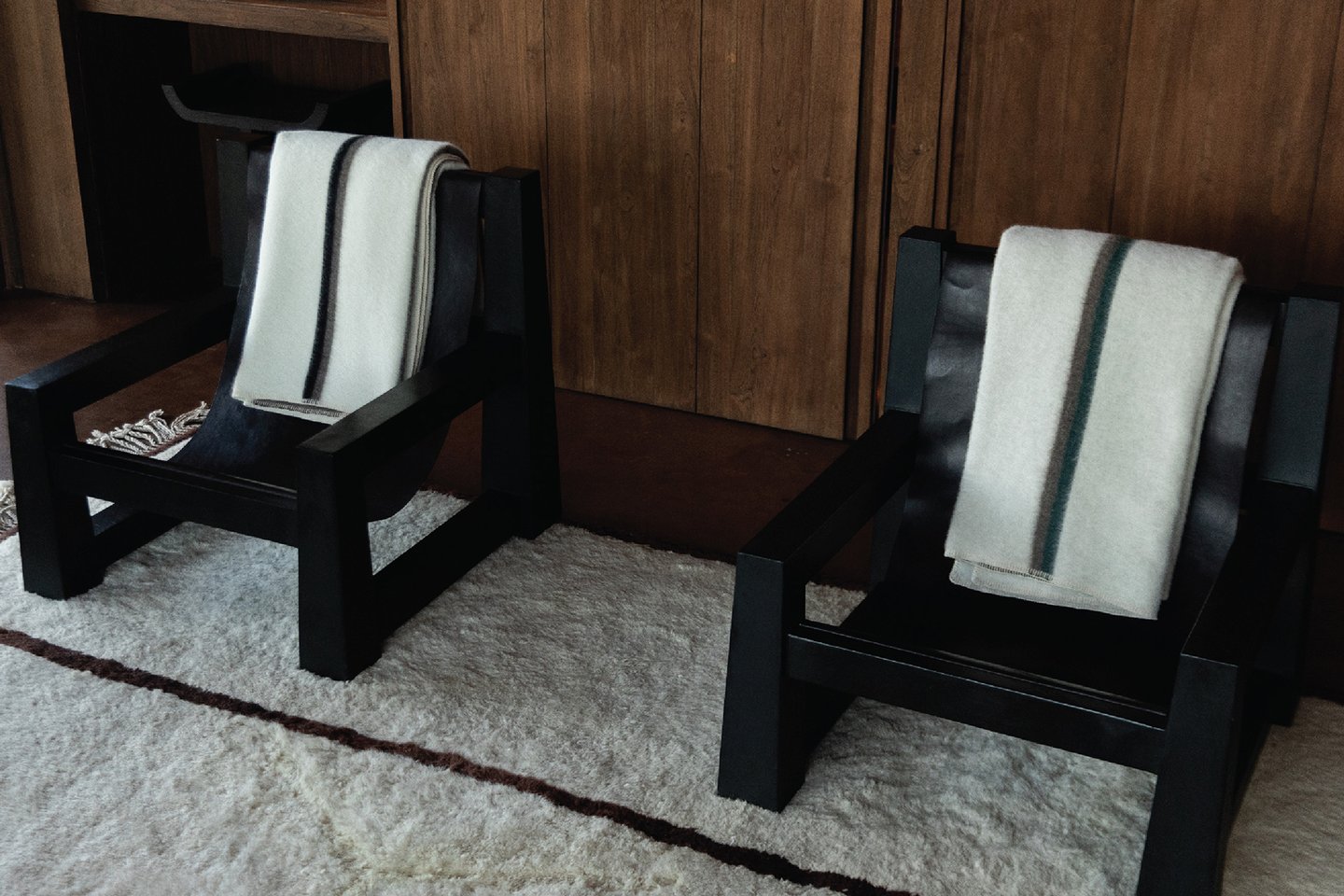


Wool is sourced from animals such as sheep, alpacas and goats, each producing fibers with unique qualities. Sheep wool, primarily from regions like New Zealand and the UK, is widely available, while alpaca wool – mainly from Peru – and goat wool (cashmere) from areas including Mongolia and China offer softer, luxurious alternatives. Sustainable options like organic or traceable wool ensure animal welfare and reduce chemical use, promoting ethical practices across all types of wool.
Wool is naturally hypoallergenic and flame-retardant, making it beneficial for allergy-prone individuals and safe for home use. Its structure naturally resists dust mites and mold, contributing to healthier indoor air.
Wool has a relatively low environmental impact, as it is biodegradable and renewable. However, some practices in sheep farming, like pesticide use, can be harmful; choosing organic or sustainably certified wool can mitigate these effects. Brands such as Teixidors exemplify traceability throughout their processes, from shearing to weaving, ensuring animal welfare and minimal environmental impact.


Organic cotton is cultivated without synthetic pesticides and fertilizers, commonly in countries like India, Turkey and the United States. This cotton variant uses sustainable farming practices and promotes biodiversity.
Free from harmful pesticides and chemical treatments, organic cotton reduces skin irritation and allergic reactions, especially beneficial in bedding and towels. The Turkish organic cotton used to create bath linens, such as those crafted by Hamam, means that the fabric becomes softer over time.
Organic cotton uses less water than conventional cotton and doesn’t rely on toxic chemicals, which helps preserve soil and water quality. A study has shown that using organic cotton cultivation and renewable energy sources instead of conventional techniques can reduce global warming potential by 70 percent. However, it still requires significant water and land resources.
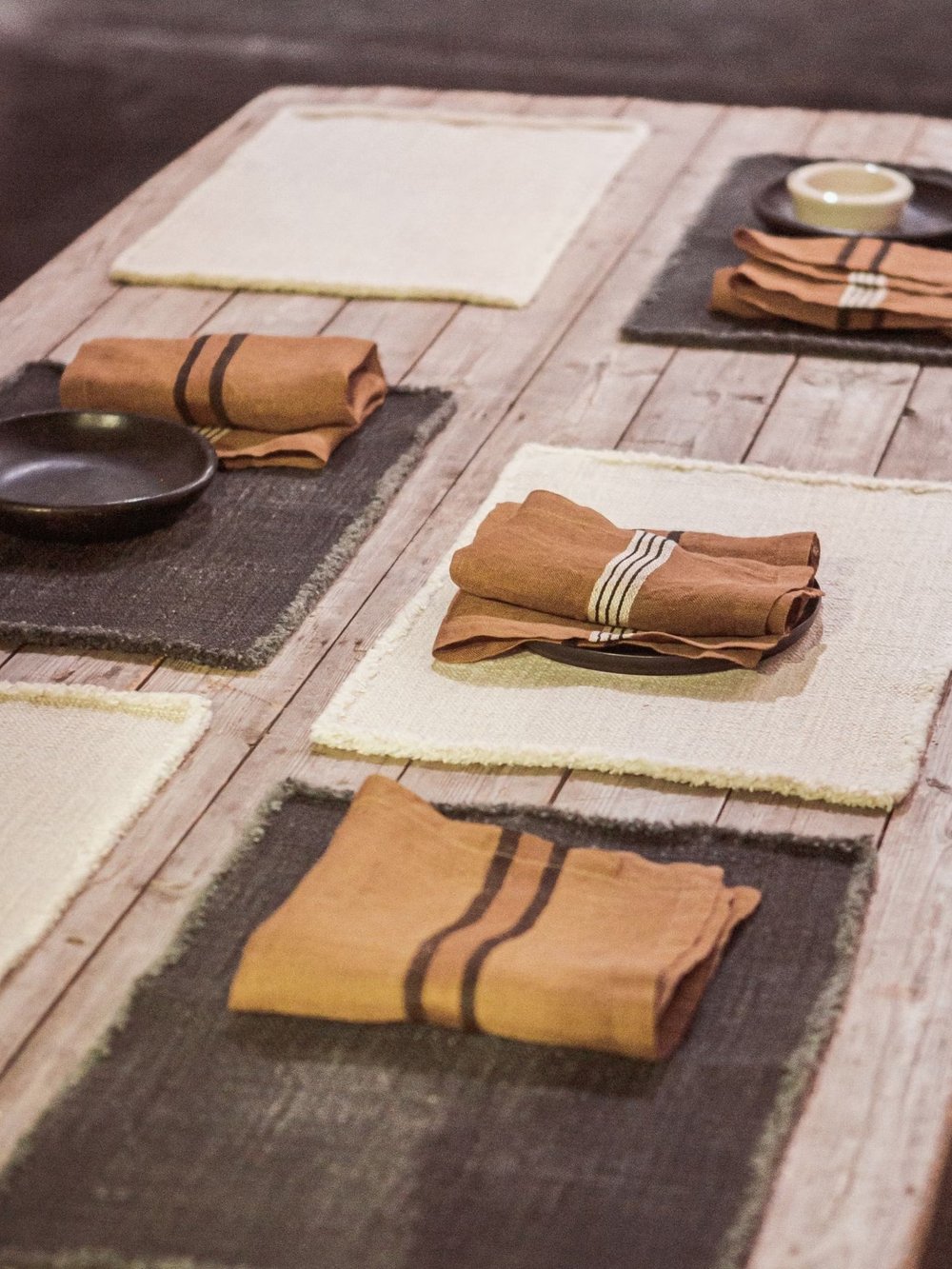
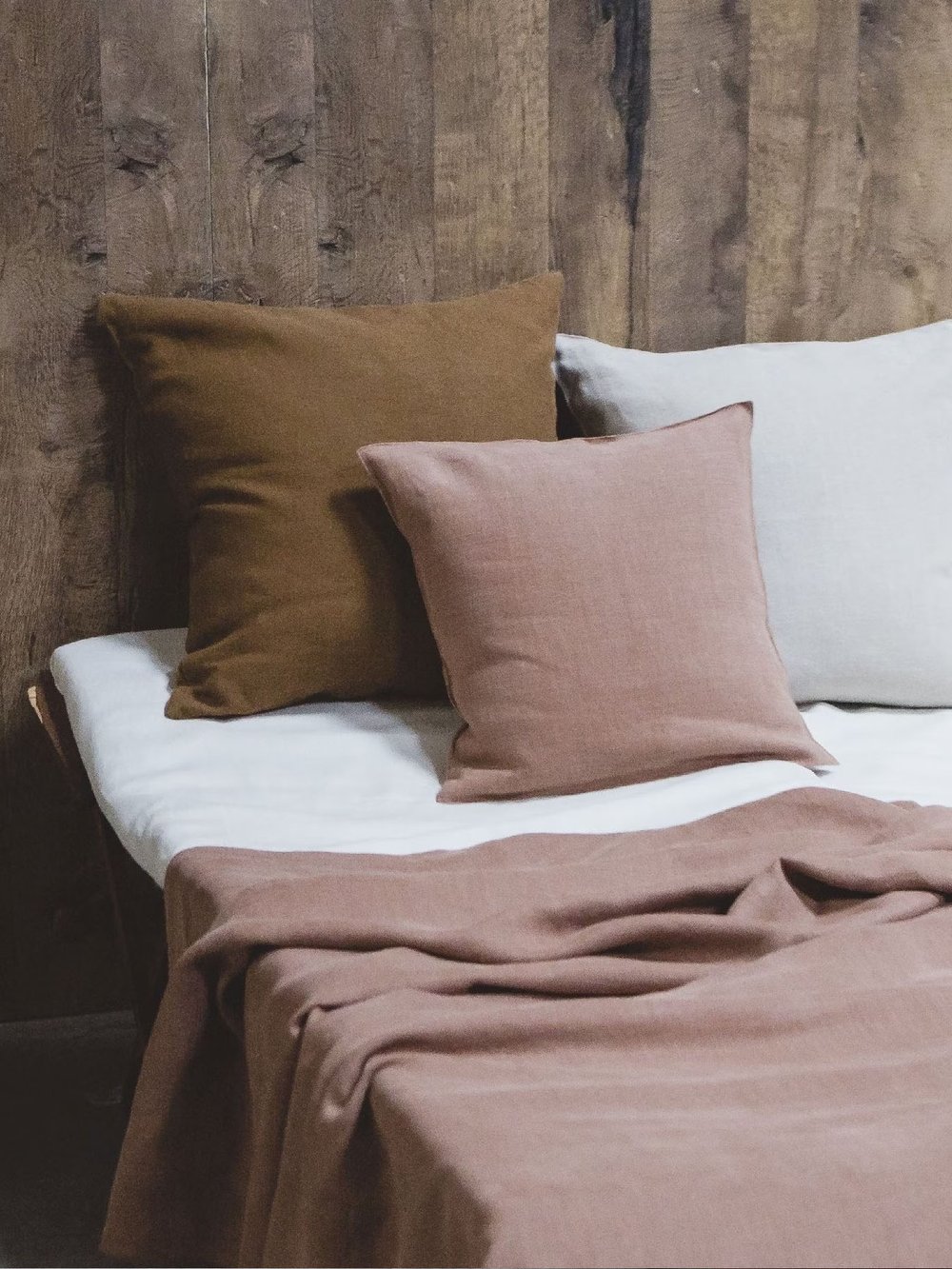
Linen is derived from flax plants, which are primarily grown in Belgium, the Netherlands and Northern France. Brands such as Libeco, which have been producing linen for over a century, source over 90 percent of their flax from this region, working closely with farmers to ensure the highest quality. The production process requires fewer resources than many other fabrics, adding to linen’s sustainability profile.
Naturally antimicrobial and hypoallergenic, linen has the ability to eliminate the activity of pathogenic microflora. Linen is highly breathable and moisture-wicking, making it an excellent choice for hot climates and sensitive skin.
Linen production is relatively low-impact as flax requires minimal water and pesticides, and the entire plant can be used, reducing waste. Linen is also biodegradable, further enhancing its environmentally-friendly credentials.
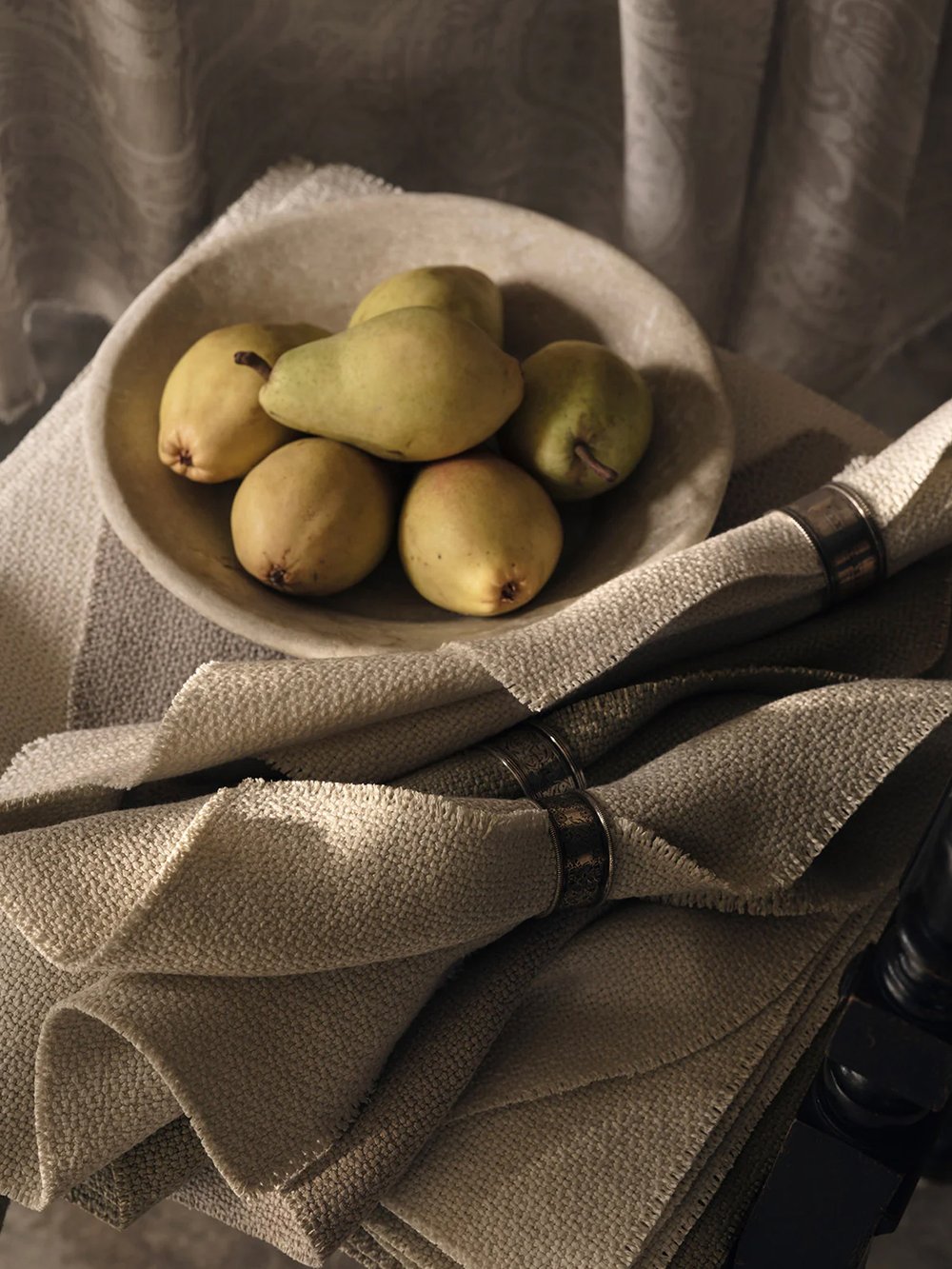

Hemp has been cultivated for thousands of years, originally grown in regions of Asia and the Middle East before spreading to Europe and the Americas. Hemp fibers are derived from the stalk of the plant, which undergoes a process called retting to separate the fibers. These are then spun into yarn for textile production. Hemp thrives without pesticides, grows quickly in various climates, and can be harvested multiple times per year.
Hemp is naturally hypoallergenic and resistant to mold and bacteria, making it a healthy choice for textiles that come in contact with skin, such as towels and bedding. Its breathability and moisture-wicking properties also make it ideal for temperature regulation.
Hemp is one of the most sustainable fibers available. It requires minimal water, no synthetic fertilizers, and significantly less land than cotton. Hemp plants grow quickly, replenish the soil, and capture high levels of CO2, contributing positively to the environment. The fiber is also biodegradable, ensuring a low environmental footprint from production to disposal.


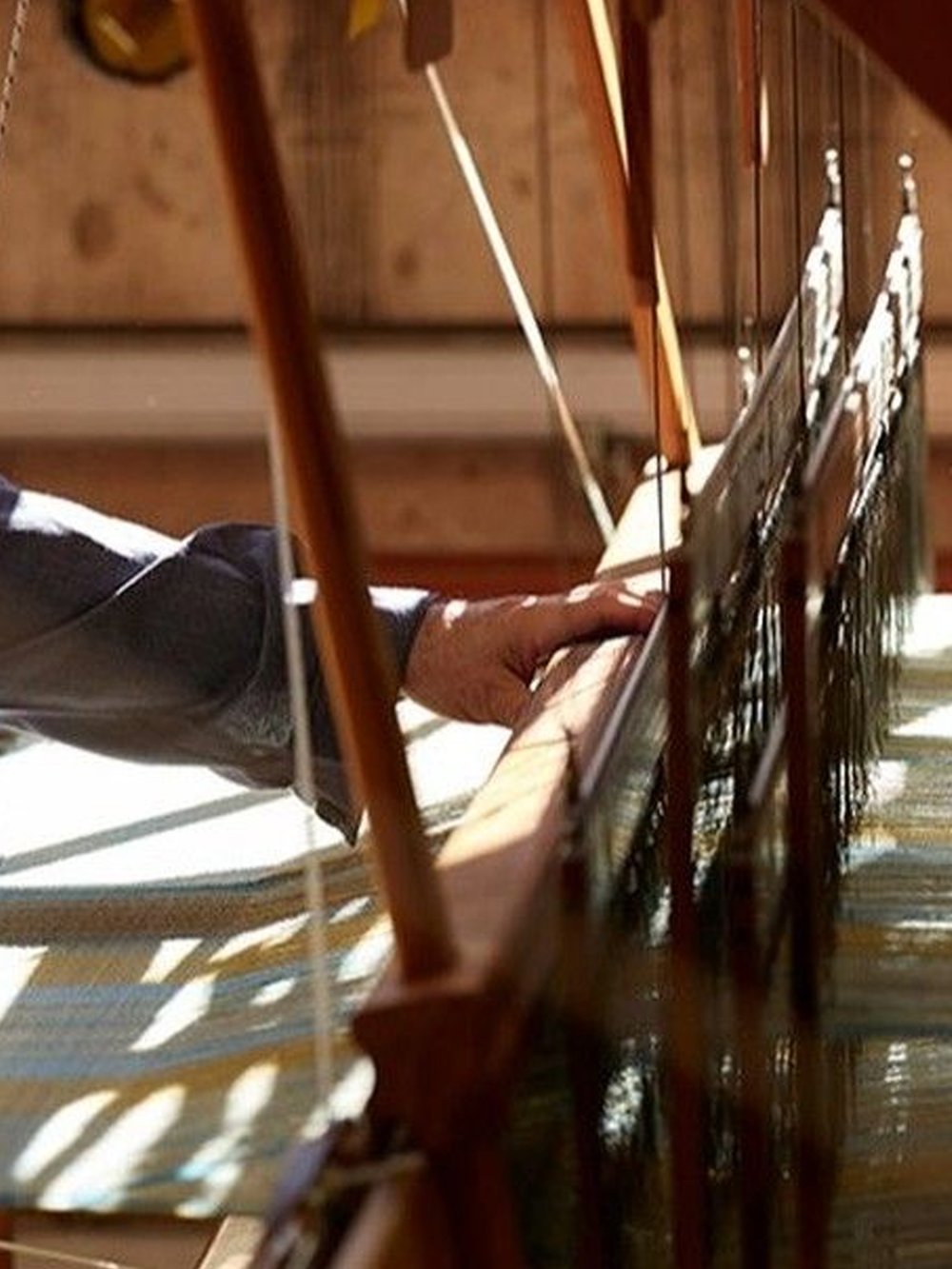
The dyeing process affects both health and sustainability. Natural dyes, derived from plants and minerals, are less likely to contain harmful chemicals that can irritate skin and pollute waterways. In contrast, synthetic dyes, such as petroleum-based azo dyes, often contain toxic chemicals that harm the environment. Global regulations of these dyes differ, with the European Union leading the way. The REACH legislation has banned the use of azo dyes that release hazardous amines. The United States’ system of regulating industrial chemicals is based on the Toxic Substances Control Act (TSCA) and unlike the European Union, the United States does not have any specific regulations for azo dyes.
Opting for textiles with plant-based or hand-dyed options offers a healthier alternative. However, botanical dyes, while more sustainable, typically lack the colorfastness of synthetic dyes, meaning their colors may fade more quickly over time, especially with exposure to light and washing. Companies such as Aizome are pioneering techniques using sound waves to affix dyes to a commercial standard in a healthy way.
Traditional dry cleaning often relies on perchloroethylene (perc), a solvent that poses health risks and environmental concerns. Used by around 85 percent of US dry cleaners, perc is a VOC linked to dizziness, headaches, respiratory issues, and, with long-term exposure, liver and kidney damage. California has labeled perc a probable carcinogen, and it can linger in textiles, releasing toxins into the home.
Alternatives:
Chemically treated textiles, such as those labeled ‘stain-resistant’ or ‘fire-retardant’, often off-gas toxins into indoor air. Flame retardants are associated with serious health risks, including neurological damage, hormonal imbalances, and an increased cancer risk. One major issue is that some flame retardants accumulate in the body over time, resulting in persistent exposure that can lead to chronic health problems as these toxins gradually build up. Instead, look for certifications like OEKO-TEX, GOTS (Global Organic Textile Standard), and Bluesign, which ensure that textiles meet strict environmental and health standards.
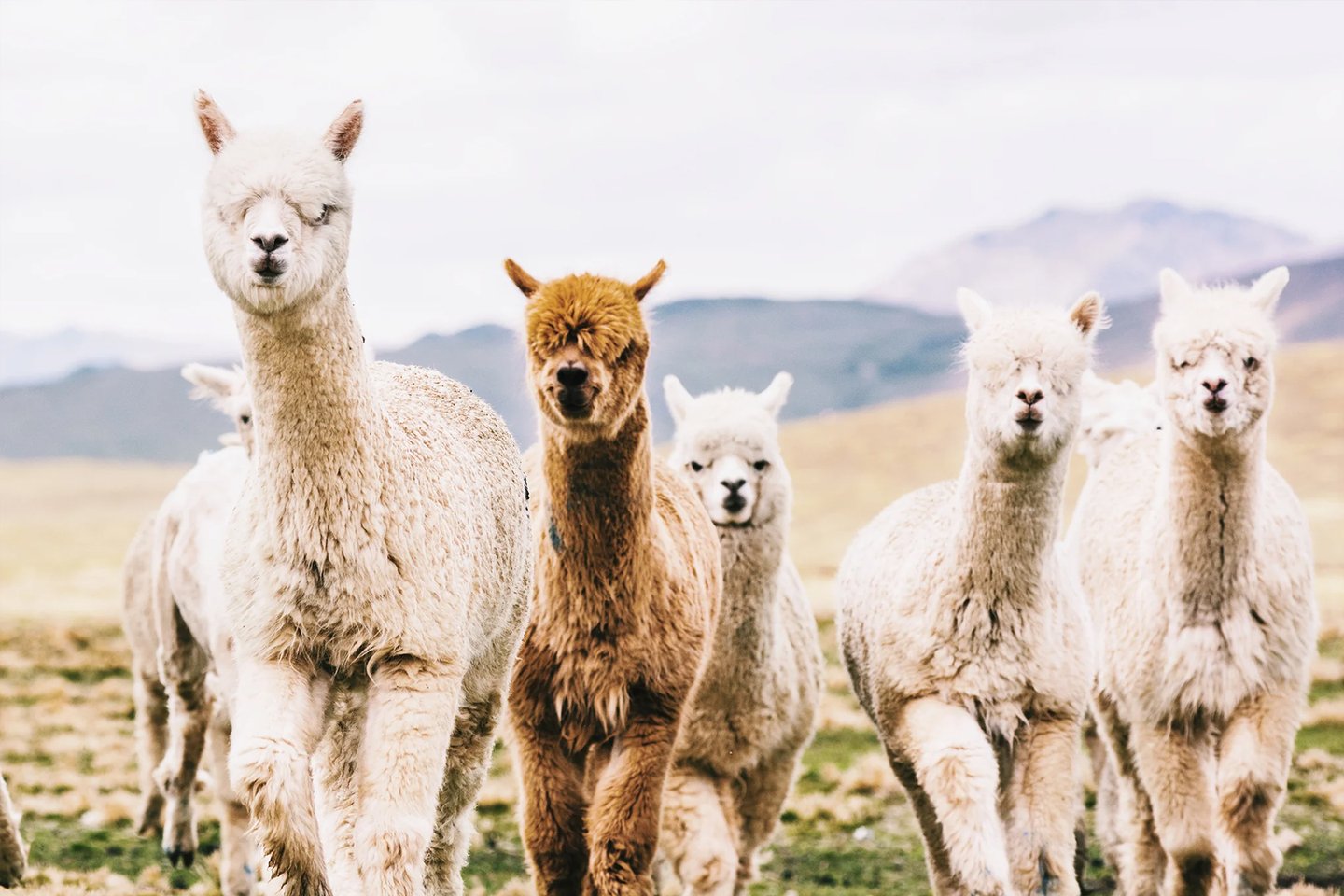
Feature Image: Teixidors
Photography: Blacksaw, Teixidors, Autumn Sonata, Libeco, de Le Cuona

5 min read
WLLW investigates the benefits of four upholstery options for our health and their environmental impact.
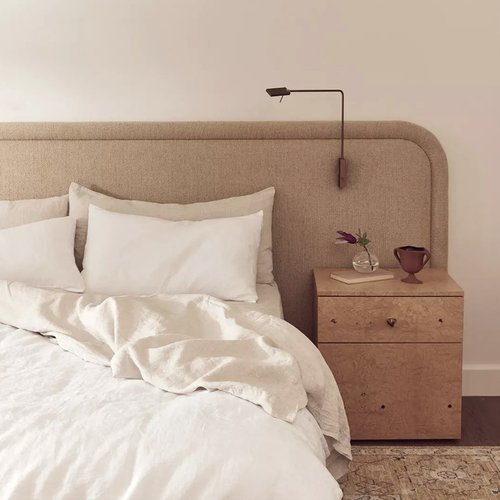
4 min read
WLLW investigates four healthy and environmentally friendly bed linen options for a better night's sleep.